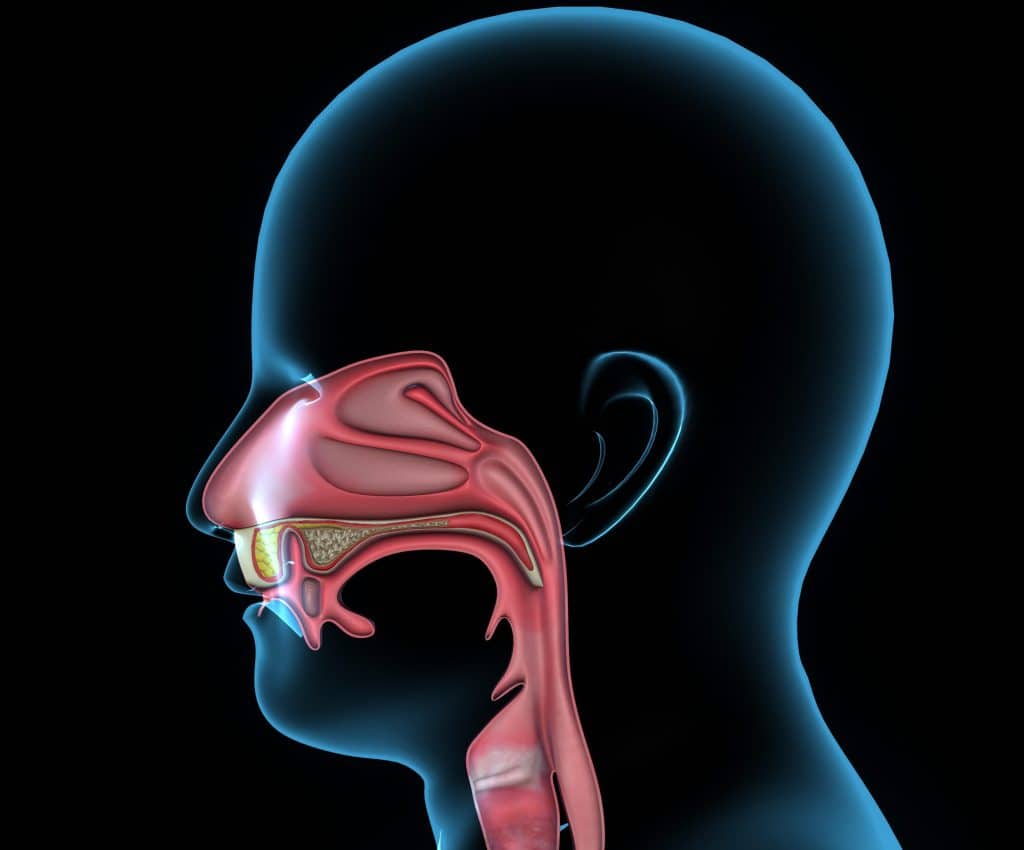Common Throat Disorders disorders encompass a wide range of conditions that affect the throat, often causing discomfort and sometimes severe health implications. Here, we delve into the symptoms, causes, and treatment options for common throat disorders to provide you with a comprehensive understanding.

Common Throat Disorders
1. Pharyngitis
Pharyngitis, commonly known as sore throat, is characterized by inflammation of the pharynx. Symptoms include throat pain, difficulty swallowing, and redness of the throat. Causes can vary from viral infections (such as the common cold or flu) to bacterial infections (like strep throat). Treatment often involves rest, hydration, and in cases of bacterial origin, antibiotics.
2. Tonsillitis
Tonsillitis involves inflammation of the tonsils, located at the back of the throat. Symptoms include sore throat, fever, swollen lymph nodes, and in severe cases, difficulty breathing. Causes are primarily bacterial or viral infections. Treatment may include pain relievers, antibiotics for bacterial infections, and in recurrent cases, tonsillectomy.
3. Laryngitis
Laryngitis refers to inflammation of the larynx (voice box), often resulting in hoarseness or loss of voice. Symptoms also include throat discomfort, coughing, and mild fever. Causes are commonly viral infections or straining of the vocal cords. Treatment involves vocal rest, hydration, and addressing any underlying infections with medications.
4. Gastroesophageal Reflux Disease (GERD)
GERD is a chronic digestive condition where stomach acid or bile irritates the food pipe lining, leading to acid reflux and potential throat complications. Symptoms can include heartburn, regurgitation, chronic cough, and sore throat. Causes involve weakness of the lower esophageal sphincter or hiatal hernia. Treatment includes dietary changes, medications to reduce acid production, and in severe cases, surgery.
5. Epiglottitis
Epiglottitis is a serious condition where the epiglottis (the flap at the base of the tongue that covers the windpipe during swallowing) becomes inflamed, potentially obstructing airflow. Symptoms include severe throat pain, difficulty swallowing, high fever, and stridor (noisy breathing). Causes are usually bacterial, such as Haemophilus influenzae type B. Immediate medical attention is crucial, often requiring hospitalization and intravenous antibiotics.
Diagnosis and Treatment
Diagnosing throat disorders involves a combination of physical examination, patient history, and sometimes laboratory tests or imaging (such as throat swabs or X-rays). Treatment varies based on the specific disorder and its underlying cause, emphasizing symptomatic relief, targeted therapies for infections, and lifestyle modifications where applicable.
Prevention
Preventing throat disorders often involves practicing good hygiene, such as regular handwashing, avoiding close contact with sick individuals, and maintaining a healthy lifestyle to support immune function. For conditions like GERD, dietary changes and avoiding trigger foods can significantly reduce symptoms.
Conclusion
Understanding the symptoms, causes, and treatments of common throat disorders is crucial for early recognition and effective management. By staying informed and proactive, individuals can better navigate potential throat health issues and seek timely medical intervention when needed.
